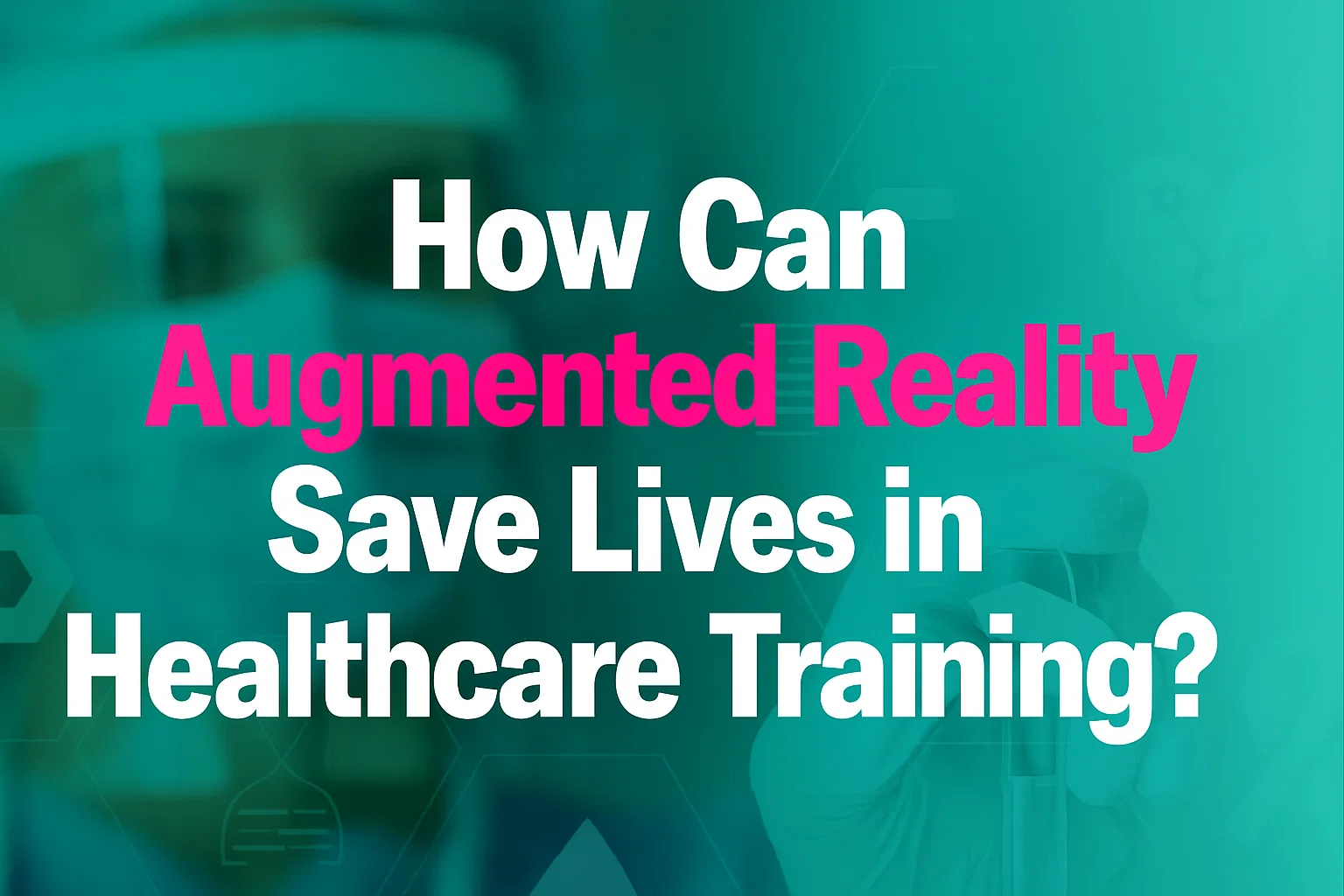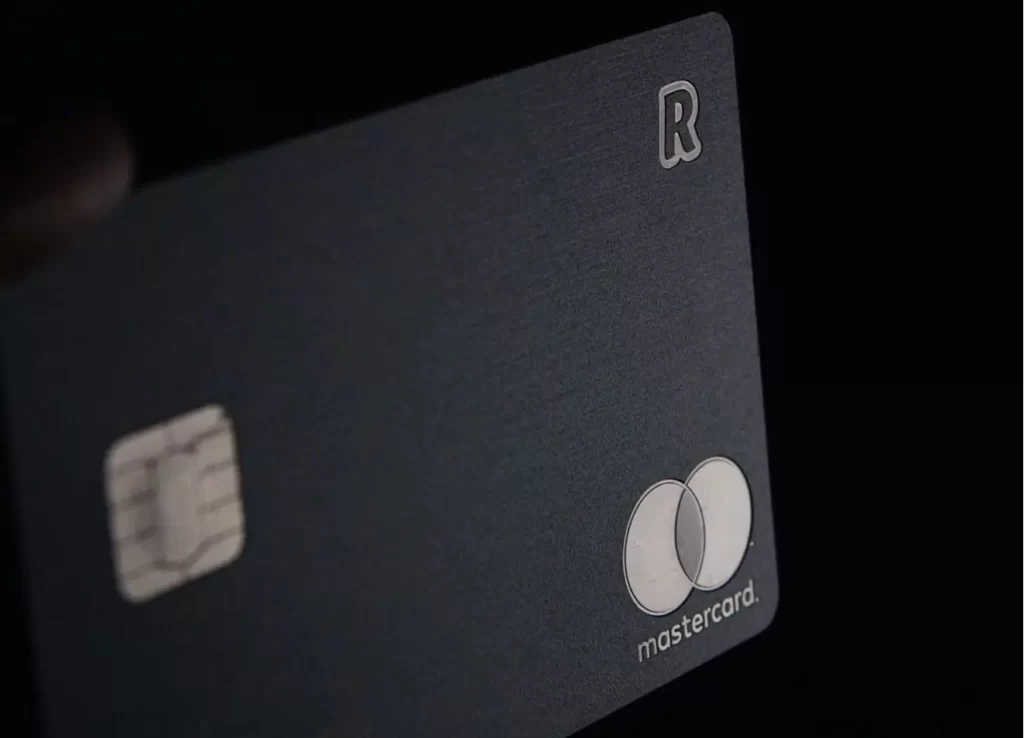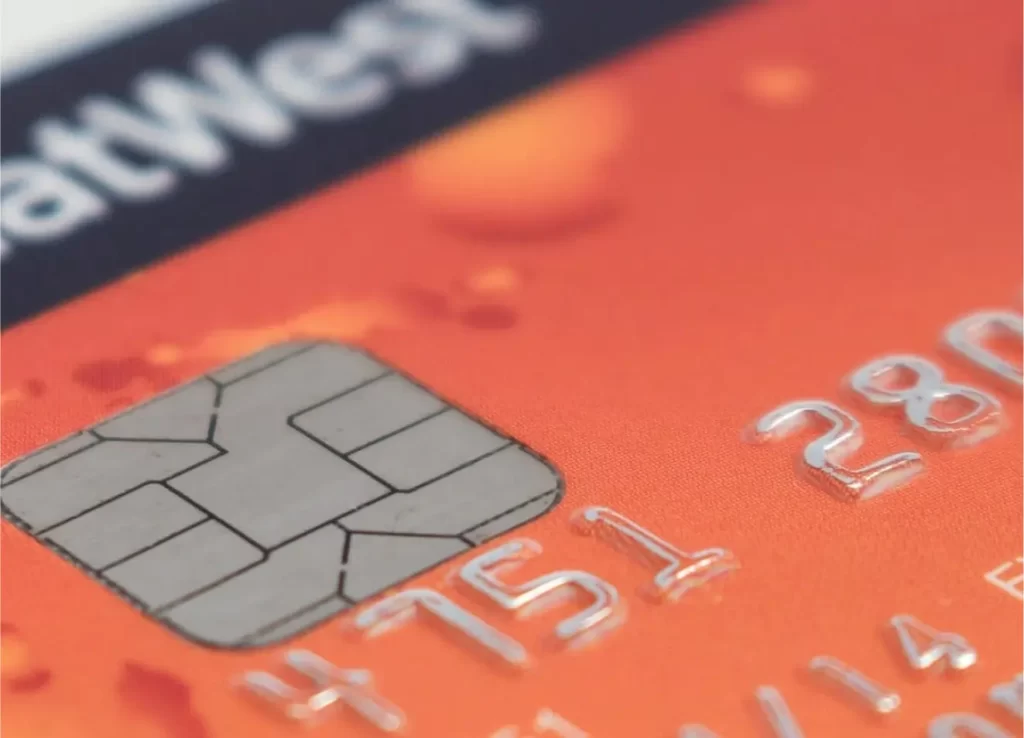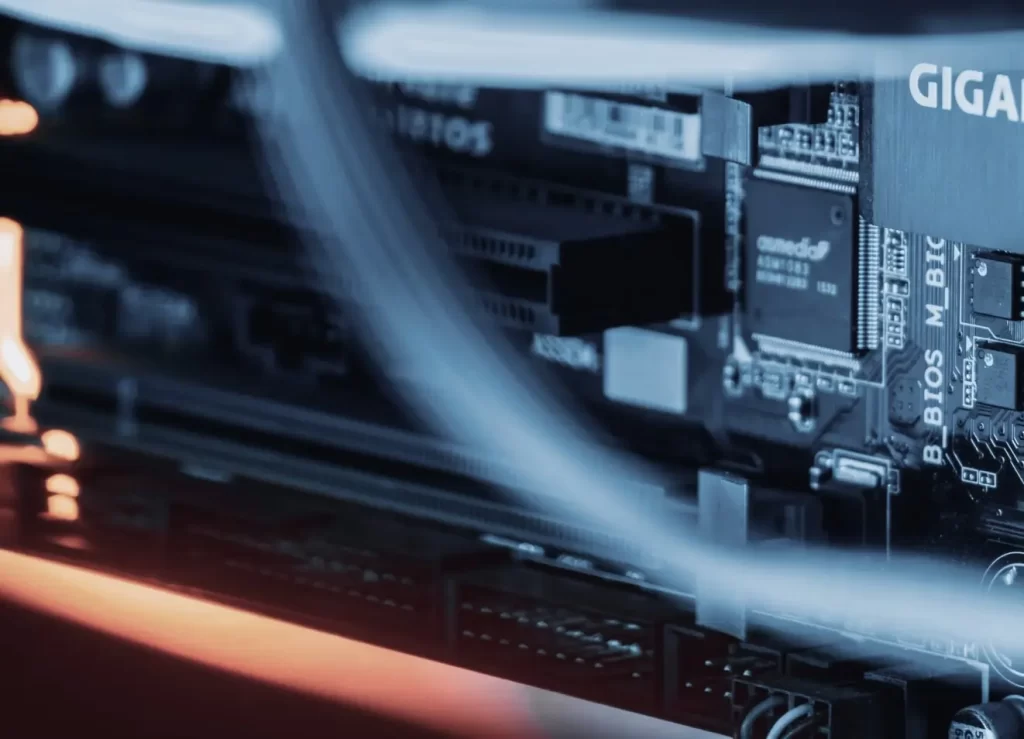A young surgeon stands in an operating room wearing smart glasses. The screen shows a 3D map of a patient’s body, marking veins and organs in real time. One wrong cut can risk a life, but the digital layer guides every move. This is how AR healthcare is changing how doctors learn and save lives. Instead of using plastic models, trainees now practice on lifelike virtual patients. Every lesson becomes safer, faster, and more real.
At GO-Globe, we design custom AR systems that help hospitals and schools train better. Our goal is to make learning easy, safe, and smart for every medical team. In the next part, we’ll see how this new technology works and how GO-Globe helps bring it to life.
Contents
- 1 How AR Healthcare Systems Are Built for Training
- 2 5 Ways to Use and Implement AR in Healthcare Training
- 3 How AR Helps in Doctor Training: Practical Scenarios
- 4 Training Outcomes and Lifesaving Benefits of AR
- 5 What’s Coming for AR Healthcare and Training Tech: The Future
- 6 GO-Globe’s Solution to Build AR in Healthcare Training That Saves Lives
- 7 Conclusion
- 8 FAQs
How AR Healthcare Systems Are Built for Training
Building an AR healthcare system starts with clear planning. First, hospitals share their goals and training needs. Developers then gather data and create 3D models of human anatomy. These models help show organs, tissues, and real patient cases in detail. Content creators work with medical experts to make sure every step looks and feels real.
The system then moves to design and testing. Head-mounted displays, tablets, or mobile screens are used to show the AR layers. The software connects images, sensors, and feedback tools to create a smooth learning space. Once tested, the system is placed in labs or hospitals for daily training.
AR for doctor training works best when doctors, designers, and tech teams work together. Each group adds its skill to build lessons that are safe and easy to follow. According to McKinsey & Company, the world may face a shortage of 10 million healthcare workers by 2030, making better training a global need.
- Step 1: Define goals and collect patient data.
- Step 2: Create 3D medical visuals and design modules.
- Step 3: Test with real trainees in safe settings.
Once built, the next step is to see how this system changes real training results.
5 Ways to Use and Implement AR in Healthcare Training
AR is no longer just theory. Hospitals and schools use it every day to train doctors and nurses safely. It helps learners practise complex skills without risk to real patients.
- 3D Anatomy Learning with AR Tablets
Students use AR tablets or glasses to see full 3D human organs in class. They can rotate, zoom, and watch blood flow or muscle layers in real time. This hands-on view helps them understand how the body works. Many top medical schools use these tools in their anatomy labs. - AR-Guided Surgery Practice
Trainee surgeons wear AR headsets to overlay CT or MRI scans on dummy patients. They can mark incision points and track organs before doing real operations. This method reduces mistakes and builds confidence. AR healthcare makes these sessions realistic and risk-free. - Emergency Room Simulations
Paramedic and nurse students train in AR rooms that simulate accidents or trauma situations. They make fast choices while checking patient vitals on AR screens. This gives real-world pressure safely and prepares them for emergencies. - Remote AR Training Labs
Doctors in rural hospitals join live AR sessions led by expert trainers. Shared 3D visuals allow teamwork and feedback, even from far locations. AR for doctor training becomes possible anywhere, not just in big hospitals. - Real-Time Skill Assessment
AR systems track each movement, decision time, and accuracy. Trainers get detailed reports to adjust lessons and improve skills. This makes learning measurable and effective.
AR helps trainees learn faster, practise safely, and gain confidence before treating real patients.

AR healthcare improves patient outcomes with accurate visual aids
How AR Helps in Doctor Training: Practical Scenarios
Training in medicine needs skill and safety. With AR healthcare, doctors can practise rare and complex cases many times without risk.
Pre-operative Rehearsal
Doctors use AR headsets to see 3D body maps over patients. This helps locate veins, bones, and organs. BioMed Central notes that AR in surgical settings lets surgeons superimpose anatomical structures for better planning. AR allows walking through the operation before entering the theatre, reducing mistakes.
Emergency Response Simulation
Trainees wear AR headsets simulating trauma scenes. They act quickly to save virtual patients while being timed and scored. AR gives real-life pressure safely, building calm and focus in emergencies.
Skills Refreshers for Rare Procedures
Doctors and nurses practise rare procedures through virtual modules. They can repeat steps without wasting supplies or risking lives. AR for doctor training keeps skills sharp when real cases are unavailable.
Training Outcomes and Lifesaving Benefits of AR
Augmented Reality is changing how doctors learn and help patients. It makes training safer, faster, and more accurate. Below are some real results that show its power.
- Better training speed and skill learning
According to ITIF.org, students using AR and VR finished tasks 20% faster and did 38% more steps right than those using old methods. This means AR for doctor training helps them learn faster and remember better. They can practise safely before working with real patients, which cuts down early mistakes. - Big growth and trust in hospitals
ITIF.org also says the AR and VR market in healthcare will grow more than ten times by 2032. This shows hospitals and schools now trust AR for training doctors and nurses. AR healthcare is becoming a regular part of learning, not just a new tool. - Fewer mistakes and better patient safety
When doctors practise hard surgeries in AR, they make fewer errors in real life. They go into operations feeling ready and sure. This leads to safer care and better patient results. AR is helping doctors learn faster and save more lives.
What’s Coming for AR Healthcare and Training Tech: The Future
The future of AR healthcare looks exciting and full of change. New tools are coming that will make medical learning faster, smarter, and more personal.
- AI-driven feedback in real-time
Soon, AI will work with AR to guide trainees as they learn. The headset will spot mistakes and give instant tips. This will make every session personal and easy to follow. - Team-based and remote training
AR will also allow group training in one shared space, even from far places. Doctors and nurses can practise together using the same AR scene. This helps hospitals in small towns or poor areas get the same level of training. - Hardware upgrades coming soon
McKinsey & Company says that within the next ten years, new tech may fix most AR hardware issues like heavy headsets and poor visuals. This will make AR healthcare easier to use in real hospitals. - Data tracking for better learning
In the future, AR for doctor training will include smart data tools. These tools will check each learner’s work and plan the next lesson for them.
GO-Globe’s Solution to Build AR in Healthcare Training That Saves Lives
Many hospitals struggle to expand AR pilots into full programs. Staff cannot always practise safely or repeat complex procedures enough. GO-Globe builds real AR healthcare solutions that solve these challenges.
Step 1: Needs Assessment and Data Gathering
We visit training labs and hospitals to record workflows, skill gaps, and clinical needs. Imaging data, patient scans, and procedure videos are collected to create accurate simulations.
Step 2: 3D Model Creation and Scenario Mapping
Collected data is converted into interactive 3D models. Organs, tissues, and instruments are mapped precisely. Scenarios like surgeries, emergency trauma, and rare procedures are programmed for repeatable practice.
Step 3: Hardware and Software Integration
Head-mounted displays, tablets, or mobile AR devices are paired with software. Trainees see live guidance, step-by-step instructions, and real-time feedback. This is essential for effective AR for doctor training.
Step 4: Pilot Testing and Iteration
Small pilot sessions are run. Trainers collect performance data and feedback. Scenarios are refined for timing, realism, and safety before full deployment.
Step 5: Full Deployment and Analytics
The system is rolled out to all trainees. Every action is tracked to measure accuracy, decision-making, and speed. Case studies show GO-Globe modules cut surgical residency onboarding time by 30%.
If your institution is ready to implement AR in medical training, GO-Globe is your partner. Our services also cover e-learning platforms, enterprise solutions, and full AR healthcare training systems.
Conclusion
Implementing AR healthcare training programs saves lives. Doctors learn faster, make fewer mistakes, and feel more confident. Hospitals and training institutes can practise high-risk procedures safely and repeatedly.
Now is the time for healthcare organisations to act. Partnering with GO-Globe brings tailored AR solutions for your staff. Our modules fit your procedures, imaging, and learning goals.
Together, we can build safer, smarter training that improves patient care. GO-Globe helps you turn AR potential into real results for your hospital or school.
Get in touch with us to start a pilot or discuss custom AR solutions.
FAQs
What is AR healthcare training?
AR healthcare training uses augmented reality to teach medical staff. Trainees see 3D anatomy, patient data, and procedures overlaid in real time. It makes learning safer and more realistic without risking patients.
How does AR for doctor training help surgeons?
Surgeons can practise surgeries virtually before real operations. AR overlays CT or MRI scans on models or dummies, guiding every step. This reduces mistakes and improves confidence during actual procedures.
Can AR be used for nurses and emergency responders?
Yes, AR creates immersive emergency simulations for nurses and paramedics. They practise trauma care, fast decision-making, and rare procedures in a safe environment.
What equipment is needed for AR healthcare training?
AR training uses head-mounted displays, tablets, or mobile devices. These connect to software showing 3D models, patient data, and live guidance for each trainee.























